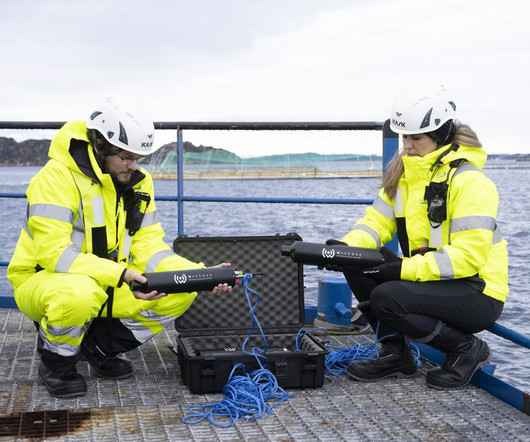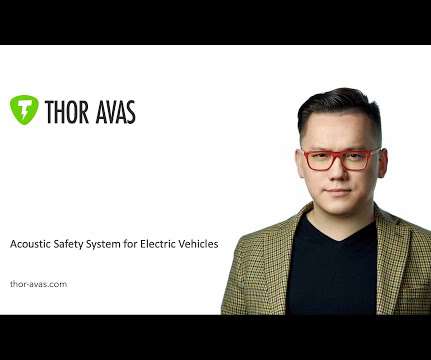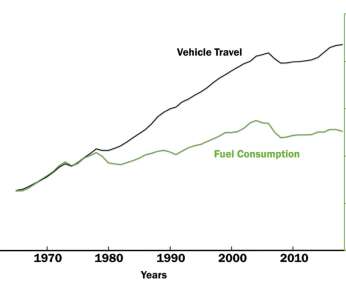California ARB study finds commuters’ exposures to air pollution greatly depends on mode of travel; light rail, personal vehicles the lowest
Green Car Congress
SEPTEMBER 1, 2017
The mode of travel you take on your daily work commute can make a big difference in your exposure to air pollution, according to a new study by researchers at the California Air Resources Board (ARB). Commute modes included travel by car, bus, light rail, train, and bicycle.




































Let's personalize your content